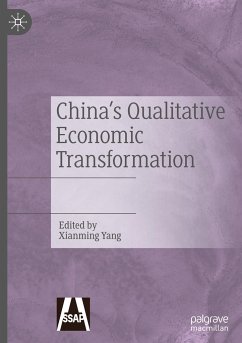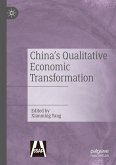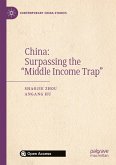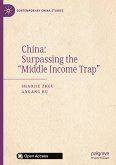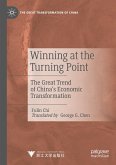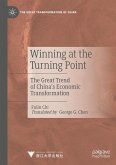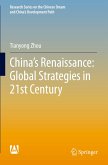This book explores the challenges China has faced during its economic restructuring, including trade wars, rising costs of labor and land, climate change, recalcitrant state-owned enterprises, an aging population and other problems. Since its historic reform and opening up, China has achieved and sustained remarkable economic growth driven primarily by manufacturing and the real estate industry. As the country continues to move up the supply chain, "Made in China," once synonymous with poor quality, but has come to mean advanced technologies. China's future economic growth and its success in economic restructure will depend crucially on the dynamic evolution of the country's comparative advantages. Contributors examine how the dynamic evolution of China's comparative advantages can help the country overcome two closely related problems: heavy dependence on low value-added exports and the prospects of falling into the middle-income trap. The book willbe of value to researchers interested in China's economic development and policies.
Bitte wählen Sie Ihr Anliegen aus.
Rechnungen
Retourenschein anfordern
Bestellstatus
Storno

